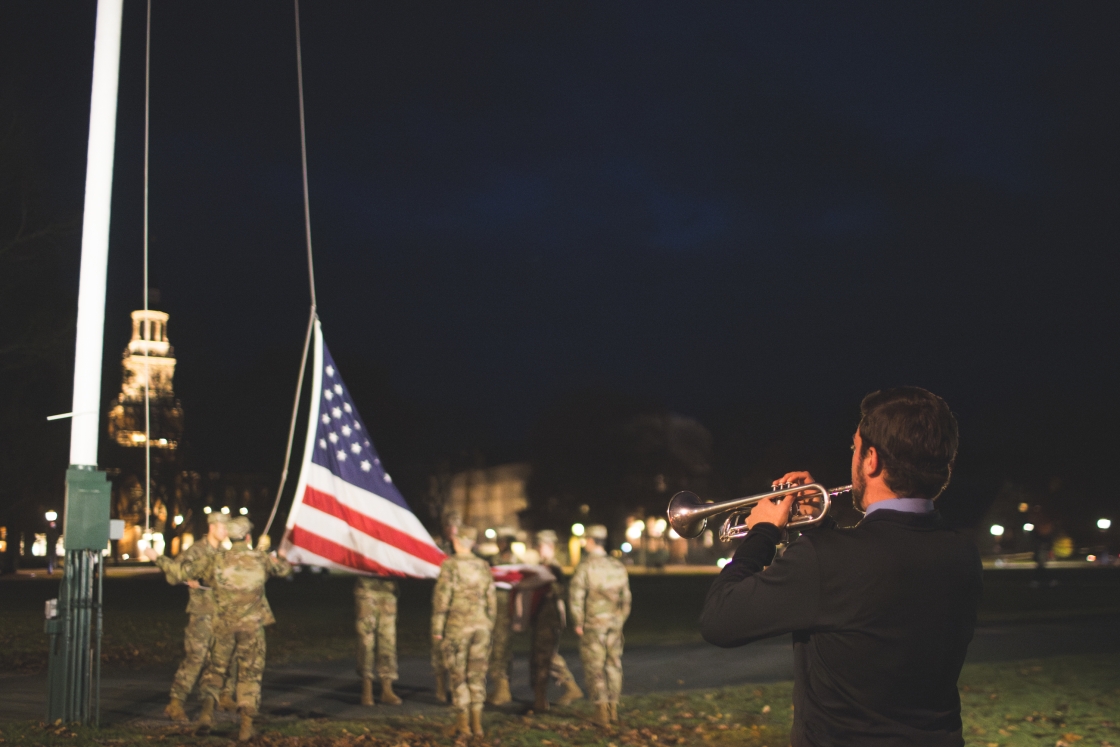
Neely McNulty is an instructor in the Hood Museum of Art’s Images and ArtStart programs, which invite elementary school children to the museum to explore and create art. She speaks with Dartmouth Now about her job, everyday surprises, and what children can learn from art.
Job title: I’m the Images and ArtStart Instructor at the Hood.
How long have you been at Dartmouth?
This Halloween will mark my sixth year.
What is your role at the Hood?
I oversee the Hood’s two multiple-visit school programs for regional school children, Images and ArtStart. For each visit, my students spend half their time in the galleries learning how to engage with works of art and then back in the studio making art in response to what they’ve just seen. Between the two programs, I see about 500 elementary-age children and their chaperones either four or six times a year, depending on the program they’re in. My students and chaperones make up about 2,800 of our annual visitors. I teach a lot.
What path brought you to your field?
In college I studied art history and visual arts and then pursued a graduate degree in art therapy. I wouldn’t say it’s a typical background for a museum educator at all, but the training in all three has been invaluable.
What can children learn from art?
My students are learning to think. They are asked to consider how an artist has solved a set of problems and to what end and to articulate their own responses to the art. They’re asked to raise a hand, risk embarrassment, and make an informed interpretation based on the slow looking and analysis we do together through discussion and all sorts of activities. And when they engage in the art-making process directly, they’re learning to think like an artist and problem solve like an artist. This is how we give them access to art —through experience—and these experiences give them access to new ways of engaging with the world. To borrow a phrase from a peer, “There are a lot of ways of knowing.”
What’s your favorite part about the job?
The uncertainty inherent in teaching. I can plan until I’m blue in the face, but experiential learning unfolds in the moment. A close second is how this work makes me feel; I feel useful and valued by the communities I serve. I’m lucky.
What’s the most challenging aspect of your work?
Time. When everything’s clicking, these experiences are expansive and the learning is cumulative over the year. I’m asking my students to slow down, look, share, interpret, evaluate, make, and reflect. It can feel pressed, but I love the challenge. It forces me to really hone in on what matters.
What’s your favorite thing to do when you’re not working?
Laugh with friends and family.
Photos by Eli Burakian ’00
Writer Nour J. Jaber recently spent a month on campus through the Dartmouth-American University of Kuwait internship program. She worked at the Hood Museum of Art and at the Office of Public Affairs.

